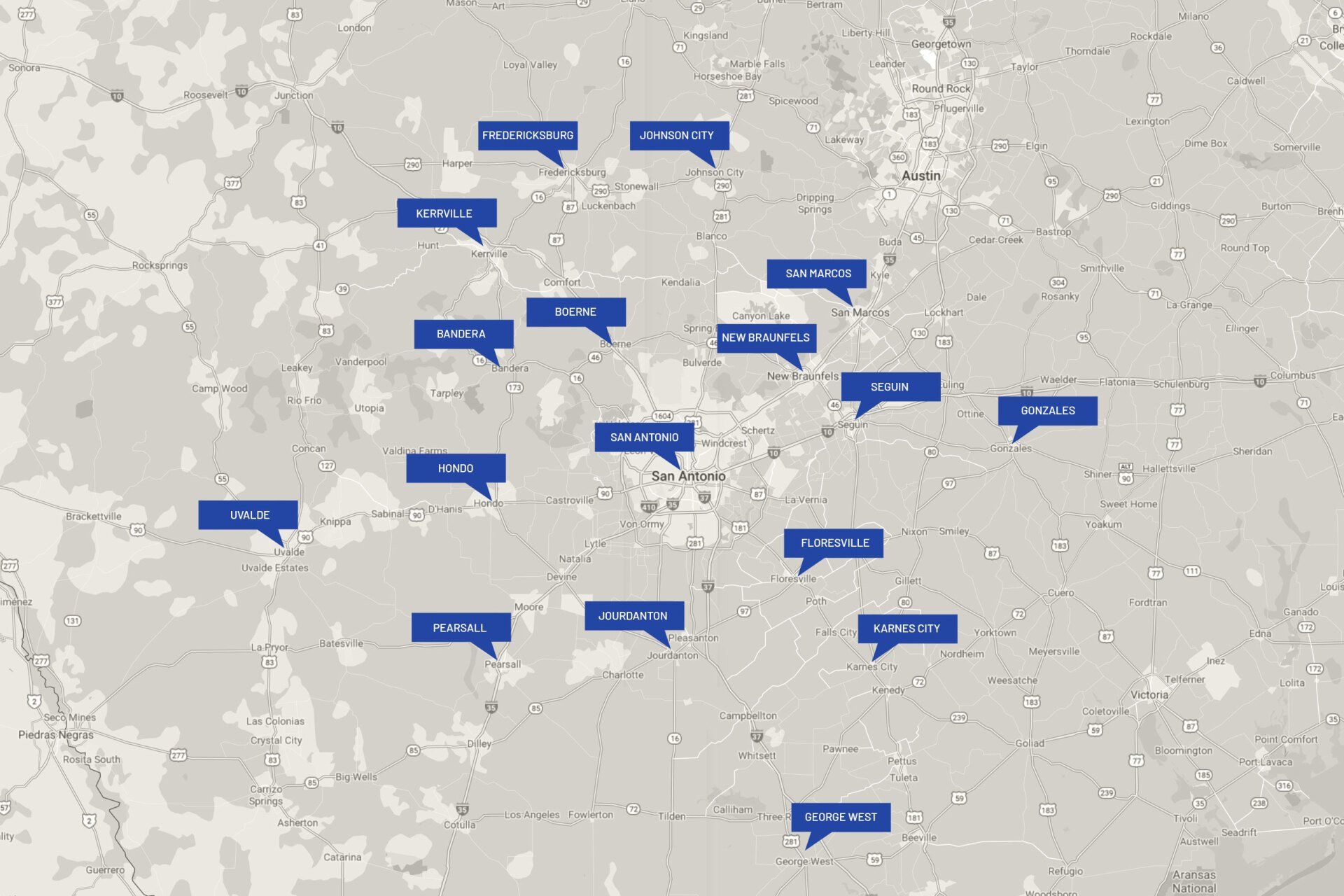5 Signs of Foundation Issues
Your home's foundation is the base upon which every other component rests. It ensures the structural integrity of your property by providing stability, support, and durability. Despite its importance, foundation concerns frequently go overlooked until they become serious issues.
Here are five warning signs of foundational problems you should pay attention to.
1. Cracks in Walls and Floors
Cracks in floors, walls, and other structures can be the most telling signs of a foundation problem. Fractures can appear in various directions, ranging from tiny fractures to massive and deep cavities. Carefully examine any lateral, horizontal, parallel, or stair-step fractures, especially if they are more comprehensive than an eighth of an inch, continue to expand, or have an odd shape.
Discovering cracks in your walls can signal difficulties with either internal or external water pressure, compost, or ground shifting. Cracks in the drywall may signal plumbing leaks, while creases in wallpaper, bowed or drooping walls, and disintegrating materials may suggest a foundation problem.
When tiles begin to break, gaps form on the wooden floor. You may notice sunken sections of the ground, superior tiling, or hardwood flooring that can expose foundation trouble. These indicators can be subtle, but the longer you ignore them, the more serious your foundation issues will get.
Remember that not all wall and floor cracks signal a foundation problem. More minor cracks can usually be ascribed to the typical displacement of the timber and drywall, but hire an experienced specialist if you find bigger or deeper fractures.
2. Door and Window Issues
When foundation issues arise, doors and windows may get stuck or fail to latch properly. You may notice your door dragging at its highest point, appearing unbalanced, or even jamming. Windows may become more challenging to open and close or fail to fasten appropriately. The window’s framework may even begin to slide away from the surrounding bricks.
These problems arise when the foundation of a home becomes weak due to shrinkage or other factors. Inspect the foundational area beneath troublesome doors or windows to verify the home has adequate support. If foundation problems remain unfixed, they can lead to additional fragility and expensive losses over time, including broken drain lines under the slab that are extremely expensive to repair.
3. Sloped Floor
Floor slopes coupled with cracking or creaking sounds may suggest underlying foundation problems. This issue can result from foundation settlement or swelling of soils underneath the slab in finished floors, but it can also occur due to fractures in the foundation’s concrete slab floors.
Consult a local structural foundation expert if you experience objects on the floor settling in a defined area, or round objects rolling in a consistent direction every time they come in contact with the perceived sloping floor. They can identify the nature of the problem, whether it is foundation-related or a greater issue that deals with a broken drain line or similar.
4. Drainage Issues
Drainage problems can manifest themselves in various ways, including clogged or backed-up primary gutter blockage, reverse soil graded towards the foundation wall, pooling of water around the foundation or soil erosion. These factors might contribute to an imbalance in the home's landscape or grading, resulting in foundational concerns. If you observe drainage problems, a foundation expert may recommend an irrigation, landscape or drainage specialist.
5. Plumbing Issues
A sinking ground or swollen soil might occur due to severe water leaks of a supply line or drainage line compromise. If your supply line is compromised, it is generally noted with a very damp area in the soil around the foundation perimeter, usually on the corner of a home between the water meter and the foundation wall. If you see a spike in your water bill, this can also be a sign of a water leak. For most slab homes in the late 1980's to present, have supply lines running through the walls and ceilings, you will know when you have a supply line leak.
More commonly, you may have a leak in the drain lines that carry water from your supply source and out through the sewer. Since drain lines are gravity fed, naturally they go through the slab and below it towards the municipal sewer or your septic system. These leaks can be silent and go unnoticed for years, while your soil slowly deteriorates under the gravel base of your concrete slab foundation.
If the foundation sinks in specific spots, a professional should evaluate it immediately. Moisture can damage the stability of your foundation and create fractures, cause shifting, and even warp walls or can become detached from the ceiling above or even the foundation floor below!
Do you have concerns regarding the stability of the foundation of your home or business? If you're looking for the gold standard in foundational safety, go no further than Risen Foundation Solutions. Get in touch with us right away to arrange a no-cost, in-person inspection of your slab foundation and learn about the options available.
















